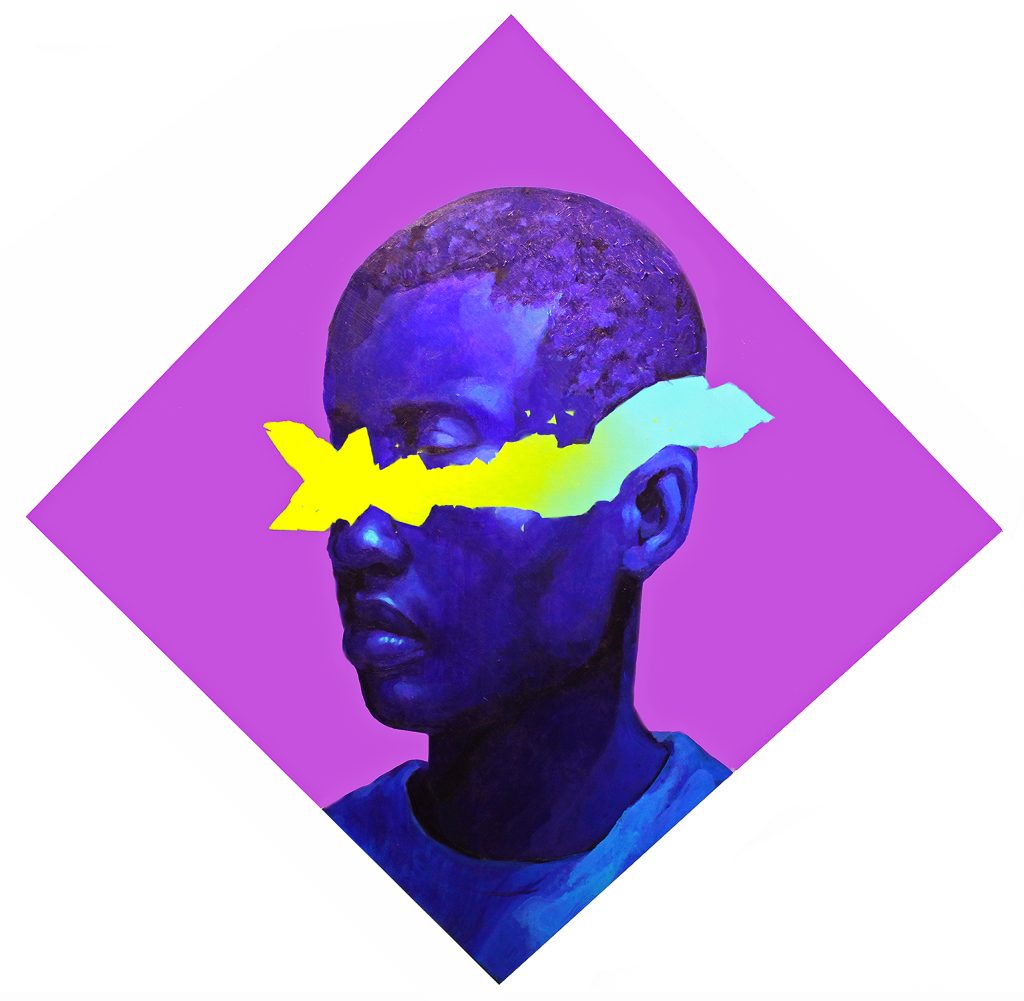
The late painter Thomas Kinkade, a self-monikered “Painter of Light,” garnered a reputation for his idyllic and realistic scenes, which brought him worldwide acclaim. Though his career was avidly followed by enthusiasts of pastoral paintings, some may be surprised by an early involvement with Ralph Bakshi Studios’ “Fire and Ice,” the 1983 cult animated film conceived by Bakshi and Frank Frazetta. Kinkade helped craft the movie’s rich and gorgeously illuminated backgrounds.




At the time, Kinkade was beginning to experiment with light in the medium—and how to craft absorbing worlds with this element. Surely, the backdrops created for the film spurred that narrative more. “Fire and Ice” (not to be confused with George R.R. Martin’s “A Song of Ice and Fire” book series) is a mash-up of fantasy and adventure, in which magic, enormous axes, and the forces of nature are conjured.


James Gurney, left, and Thomas Kinkade, right, working in Bakshi Productions on “Fire & Ice.”


The elaborate scenes were created via rotoscoping, which means they were shot as live action takes and then traced frame by frame onto cels. Kinkade joined the project at age 21, along with friend James Gurney. His work is marked by the striking glow of the backdrops, hidden within mountains and flora or burning below as molten lava.
Kinkade died in 2012, after achieving success for a style for which his name became synonymous. Below, check out examples of his later work.






 The latest work from artist
The latest work from artist  Italian artist PixelPancho is known for a fascination with robots, yet his massive murals go beyond contemplations on technology and into metaphysical territory. His work, found on walls across the world, offer an interconnected narrative from piece to piece, gradually unfolding the painter's broad examination of what it means to be human.
Italian artist PixelPancho is known for a fascination with robots, yet his massive murals go beyond contemplations on technology and into metaphysical territory. His work, found on walls across the world, offer an interconnected narrative from piece to piece, gradually unfolding the painter's broad examination of what it means to be human. Idyllic paintings of daily life set centuries ago are spliced with a dystopian sci-fi fantasy in German artist
Idyllic paintings of daily life set centuries ago are spliced with a dystopian sci-fi fantasy in German artist